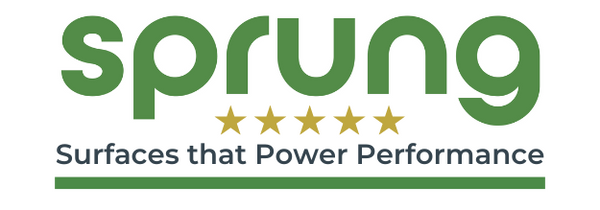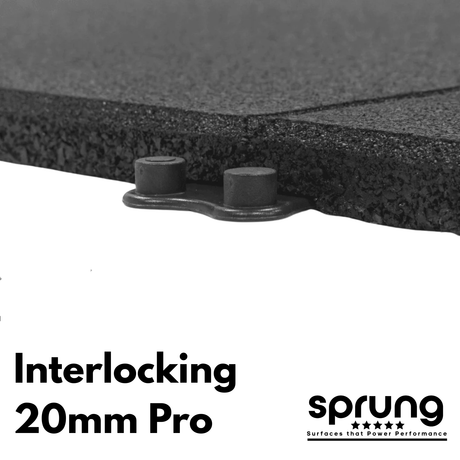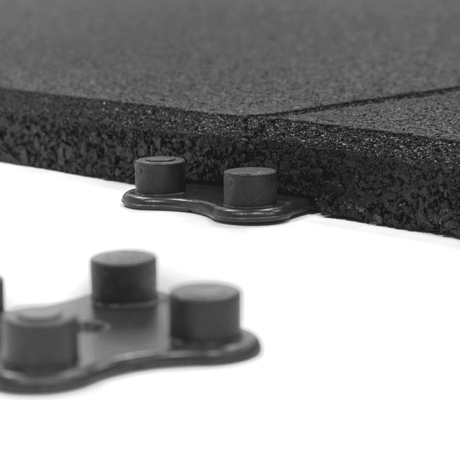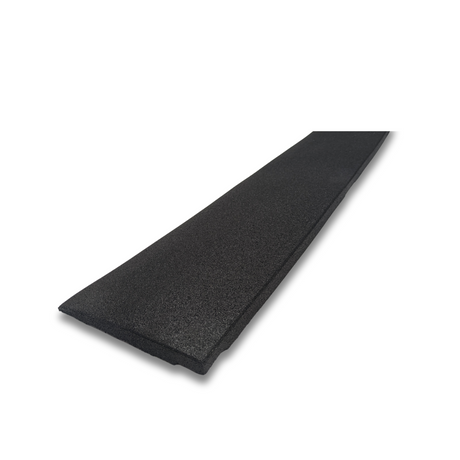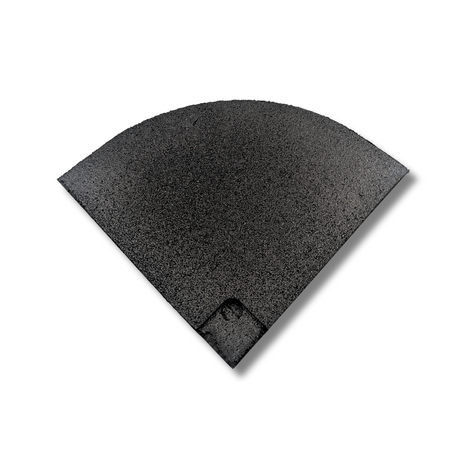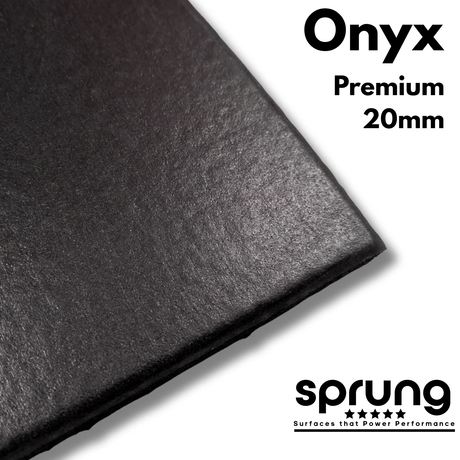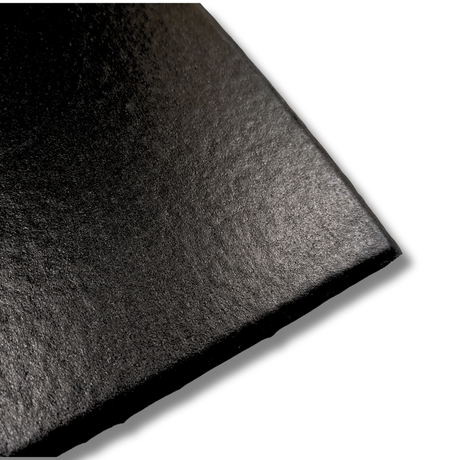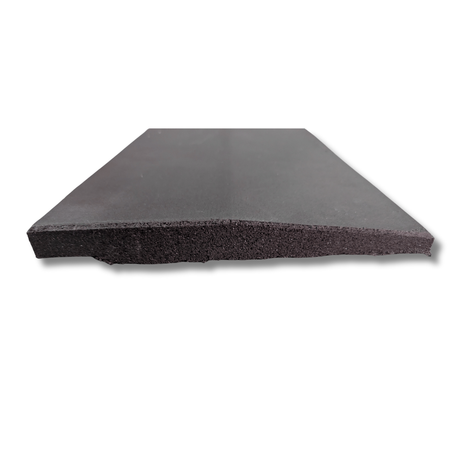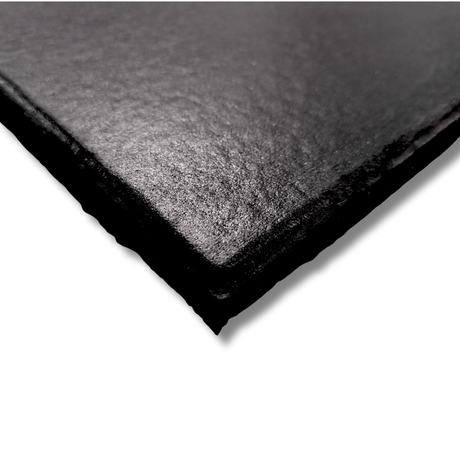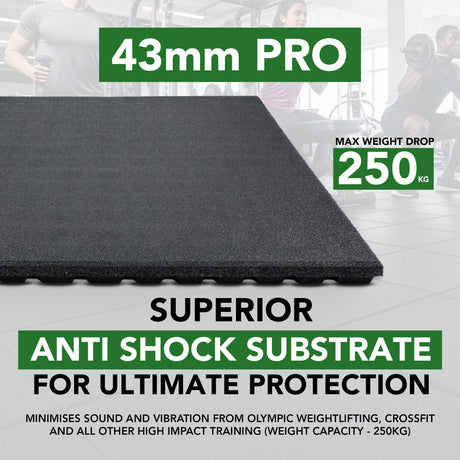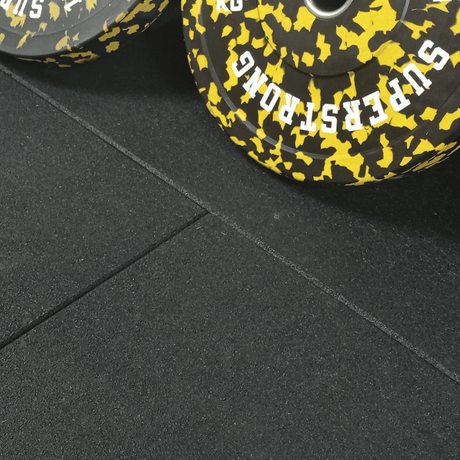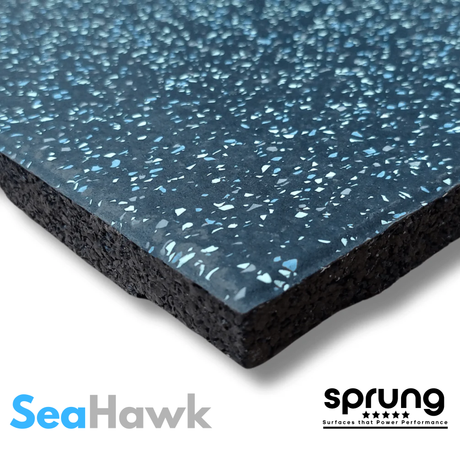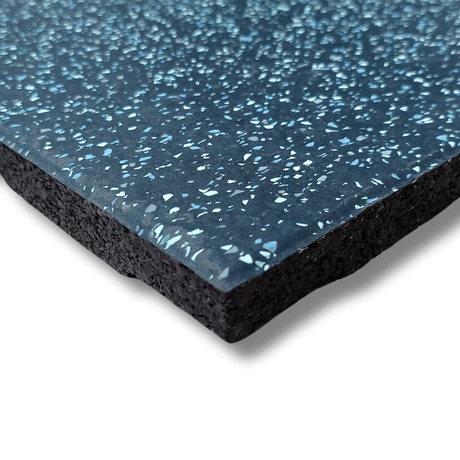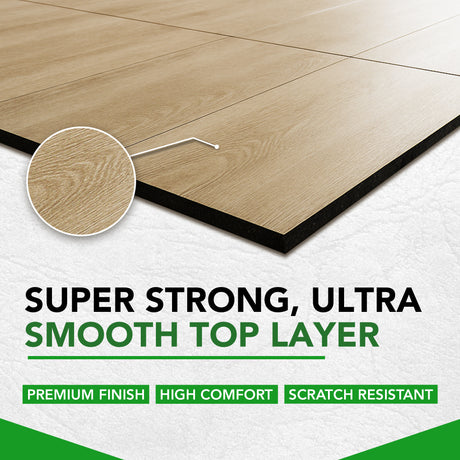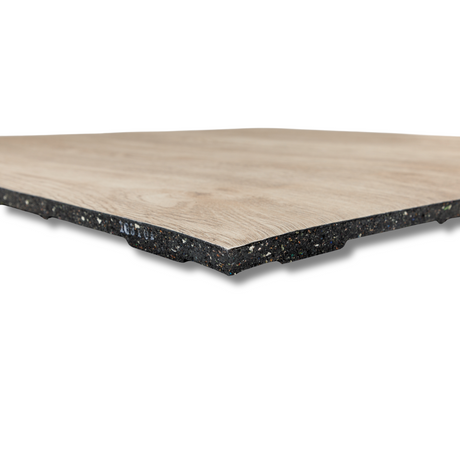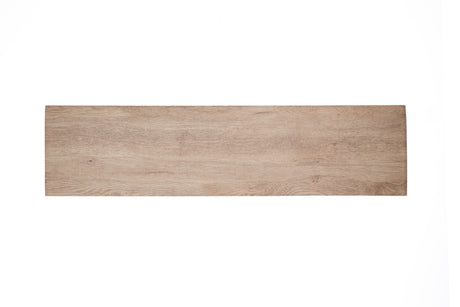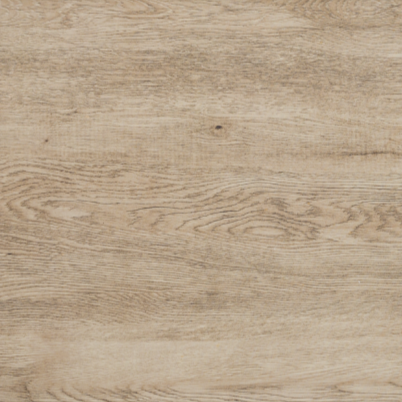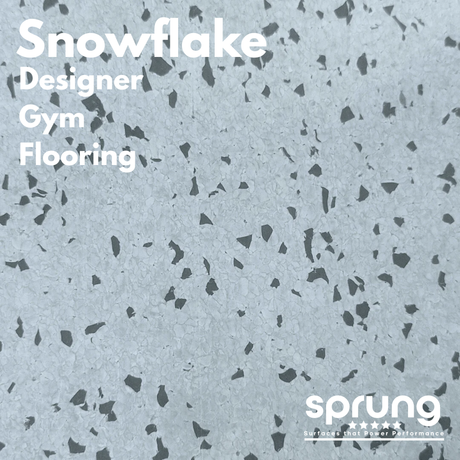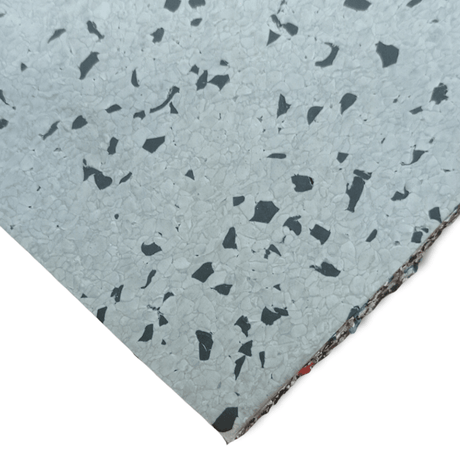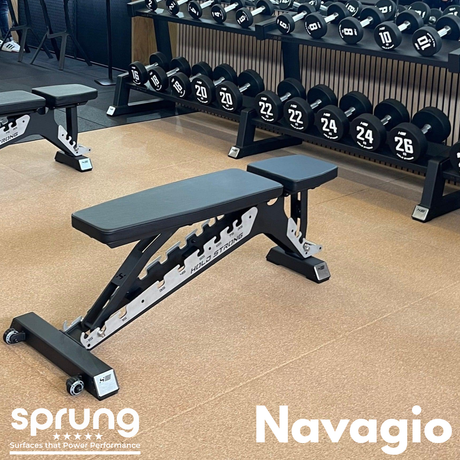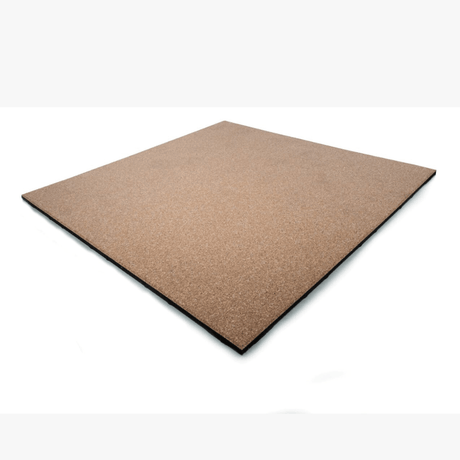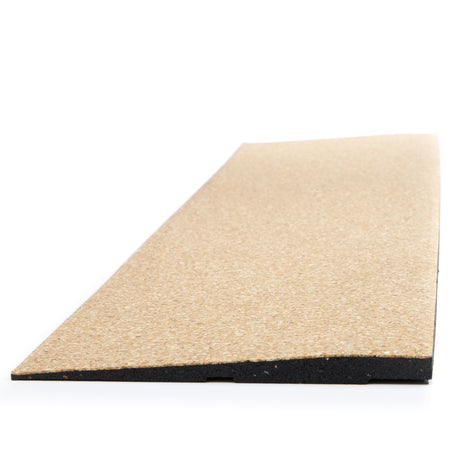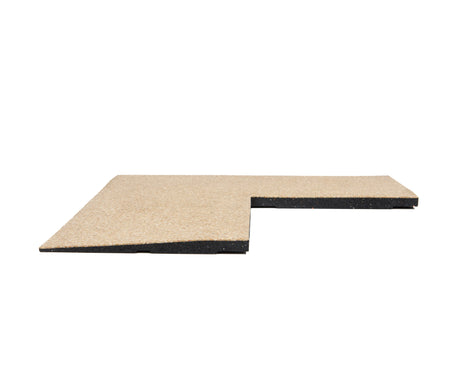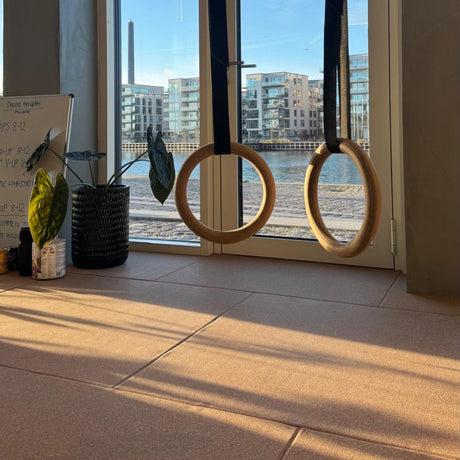[UPDATED in 2025]
When it comes to strength training, having the right flooring is as important as your weights and equipment. The best free weights flooring can withstand the heaviest of lifts and the sweatiest of sessions, while also safeguarding your floors. Whether you're lifting at home or in a commercial gym, a sturdy surface is essential to prevent damage from barbells, dumbbells, and kettlebells.
Even the most careful lifters can’t always avoid dropping weights, especially during heavy deadlifts or intense training sessions. The right flooring not only protects your floors but also reduces noise, improves safety, and prolongs the lifespan of your equipment. Let’s dive into everything you need to know about choosing the perfect rubber floor tiles for free weights.
Table of Contents
What to Look for in High-Quality Free Weights Flooring

Creating a dedicated area for free weights in your gym, whether at home or in a commercial gym, is a brilliant investment in your fitness journey. Free weights are known for their versatility, helping to build strength, enhance balance, and even boost bone density. However, without the weights mat, lifting can harm your existing surfaces and create noise issues.
Creating a dedicated area for free weights in your gym, whether at home or in a commercial gym, is a brilliant investment in your fitness journey. Free weights are known for their versatility, helping to build strength, enhance balance, and even boost bone density. However, without the weights mat lifting can harm your existing surfaces and create noise issues. Gym Flooring is essential not just for protecting the subfloor from dropped weights but also for providing a non-slip, shock-absorbing surface that enhances safety and reduces strain on joints during intense workouts.
Here’s what you need to consider when selecting free weights flooring:
-
Shock Absorption
Heavy weights can cause serious damage to floors, especially if they’re dropped. Anti Shock High Impact rubber floor tiles provide a cushioned surface to absorb impact, protecting both the floor and your equipment. -
Traction
Slipping is a major safety hazard during workouts. Good flooring ensures enough grip to keep you stable during lifts and movements. -
Durability
Your flooring should be able to withstand regular use, heavy equipment, and the occasional dropped barbell. Opt for materials designed for strength training environments. -
Noise Reduction
Free weights are noisy. Whether you’re setting up in a shared living space or a commercial gym, soundproofing through appropriate acoustic gym flooring is essential. This is particularly important if neighbours or adjoining rooms are nearby. -
Ease of Maintenance
Sweat and dirt are inevitable in any gym. Choose a material that’s easy to clean and maintain for long-term hygiene and usability. -
Flexibility and Design
If you’re working with a smaller space or want a customizable setup, flooring options that allow for easy installation and rearrangement are ideal.
In summary:

The Best Flooring for Free Weights and Strength Training
When it comes to weight lifting mats for free weights, rubber is the top choice. It’s durable, versatile, and affordable, making it perfect for both home and commercial gyms. Rubber flooring is available in various forms, including rolls and tiles, and comes in a range of thicknesses to suit your needs.
Rubber Floor Rolls

Rubber rolls are ideal for covering larger spaces with a seamless, uniform look. These rolls are less thick but stable and supportive which is why they are a great option for cardio areas and spaces with lots of machines and equipment.
Rubber gym flooring rolls are available in various colours and finishes, so you can match your gym’s aesthetics while ensuring maximum functionality. For most home gyms, a thickness of 8-10mm is sufficient. If you’re working with weights consider opting for gym tiles which have much denser options available.
Rubber Floor Tiles

Rubber tiles are a more flexible option, especially for smaller spaces or heavy free weights zones. They’re easier to handle than rolls and often don’t require adhesive, making installation a breeze. This is particularly helpful if you’re renting or want the option to rearrange your gym later.
Tiles are available in two main styles:
- Standard Tiles: Simple square tiles that fit together easily.
- Interlocking Tiles: These tiles feature a puzzle-piece design or hidden insert or peg for added stability and ease of installation. Once in place, interlocking rubber flooring provides a smooth, professional finish.
Interlocking tiles are perfect for creating versatile workout areas. For example, you can dedicate one section of your gym to free weights and another to cardio, using different colours or textures to define each zone.
Customer Feedback (30mm PRO Tile):
"We chose the 30mm from the PRO Gym Flooring series for our Free Weights zone and it has been excellent. It has really quietened the space down and looks brilliant! Just need to upgrade the rest of the gym now!"
How Thick Should Your Free Weights Flooring Be?
The thickness of your gym flooring depends on the type of equipment and exercises you’ll be performing. Here’s a quick guide:
- Lightweight Use (Dumbbells under 20kg): From 6mm to 15mm
- Moderate Use (Dumbbells 20-40kg): From 15mm to 30mm
- Heavy Lifting (Over 40kg or Olympic Lifts): From 43mm to 63mm
For home gyms, a thickness of 20mm strikes a good balance between protection and cost. For commercial gyms or spaces where very heavy weights will be frequently dropped and extended use, err on the side of thicker flooring.
Extra Tips for Free Weights Flooring
- Test Before Committing: Before buying flooring for your entire gym, order a small sample of the material to test its durability, traction, and feel. This is especially important for interlocking tiles, as not all designs fit together seamlessly.
- Check the Subfloor: If you’re installing in a basement or garage, ensure the subfloor is sturdy enough to handle the weight load.
- Maintenance Routine: Regularly clean your flooring with mild soap and water to keep it in top condition. Avoid harsh chemicals that could degrade the material.
Conclusion
Using gym free weights is an excellent way to build strength and improve fitness, but it’s crucial to protect your flooring with the right materials. Rubber flooring—whether in rolls or tiles—offers the durability, noise reduction, and safety features you need for a functional and long-lasting gym space.
Investing in high-quality flooring will not only protect your space but also enhance your workout experience. With the right thickness, design, and installation, you’ll create a gym that’s safe, practical, and comfortable for years to come.
Looking to lift heavy? Browse our Powerlifting Flooring section for inspiration.
Back to the Top
